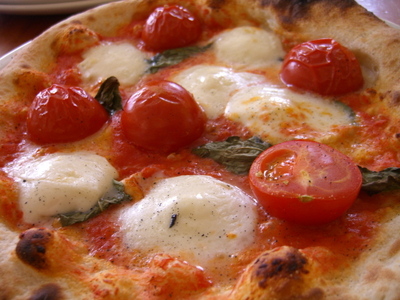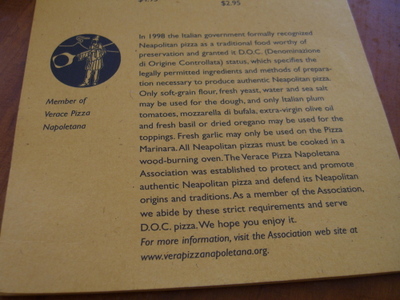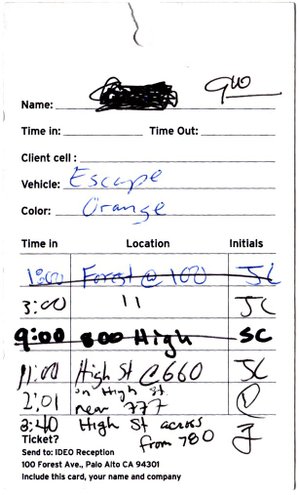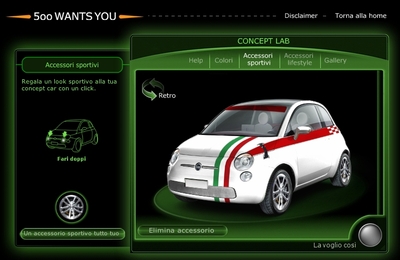Warning: this is a relatively long, rambling post because I’m thinking out loud.
What makes something authentic? When are things not fake? Can something be designed to be authentic, or does the act of considering authenticity at a conscious level doom something to the land of the artificial? I’ve been swishing these questions around for a while. I’m not sure yet. I’m sounding out things here in the sandbox of this blog. Help me out if you care to.
When I write about the visceral aspects of stuff, I like to focus on cars, because the experience we all share in common of them which makes the conversation easier. For similar reasons, when it comes to discussing authenticity and design, I find that food makes for the best subject. Think about it: when was the last time you heard the word "authentic" being used to describe anything other than food? I’m sure you have but food seems to live near the center of the authenticity universe. As an example, Russell Davies just wrote a great book all about authentic eggs-and-bacon dining experiences. If car-based sensations of speed and acceleration inform our understanding of the design of visceral experiences, then concepts like terroir and appellation from the world of food should be a way to gain a deeper understanding of authenticity.
Enough philosophizing. Let’s eat.
I recently had a pizza at a restaurant by the name of Two Amys. It was very, very good:
I’ve never been to Naples. But when I look at the picture above, I can taste the lactic whisper of the mozzarella and I’m reminded that this bubbly dish was one of the best pizzas I’ve ever eaten. Tasty? For sure. Authentic? I believe so — but can I really know without having been to the source?
Peruse the menu between bites. Ho ho ho, what’s this?
The Two Amys chooses to spend some very precious menu space to explain how their fare meets the standards set out by an independent pizza standards group called Verace Pizza Napoletana. The standards are precise and fairly strict. From the Verace Pizza Napoletana website:
Basic
Requirements
1. A wood-burning oven: The pizza must be cooked by wood. Gas, coal or electric ovens, while they may produce delicious pizza, do not conform to the tradition.
2. Proper ingredients: 00 flour, San Marzano (plum) tomatoes, all natural fior-di-latte or bufala mozzarella, fresh basil, salt and yeast. Only fresh, all-natural, non-processed ingredients are acceptable.
3. Proper technique: Hand-worked or low speed mixed dough, proper work surface (usually a marble slab), oven temp (800°F), pizza preparation, etc.
4. Review by the designated representative of the association assuring that the ingredients, technique and final product conform to the tradition.
5. Each individual restaurant is bound to uphold the standards of the association. Moreover, each individual restaurant is bound to pay a membership and membership renewal fee. Hence, membership fees do not apply to any new units opened subsequent to joining VPN, nor is membership transferable from one location to another. Rather,
each individual location is evaluated and billed separately. In the event of non-compliance by one or more of my restaurants, the VPN association maintains the right to suspend or rescind membership on an individual or collective basis.
This is a clever device, this appeal to an external maven of authenticity. Putting it on the menu validates what my taste buds were telling me, and it’s a powerful story which places a halo of authenticity around the entire Two Amys brand. It tells me that this pizza is the Real Deal. It’s authentic so long as a believe that the VPN is authentic and real. Is it? I hope so.
Halos of authenticity are, I think, a useful way to help meaning and value become associated with a brand. For example, when Subaru rallies its cars, it’s hoping that success there will put a halo of racing toughness and speed over their brand. And so on and so forth. What do you think?






